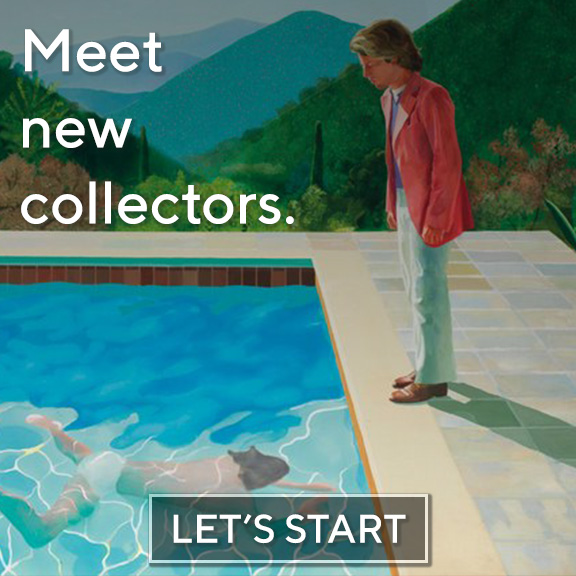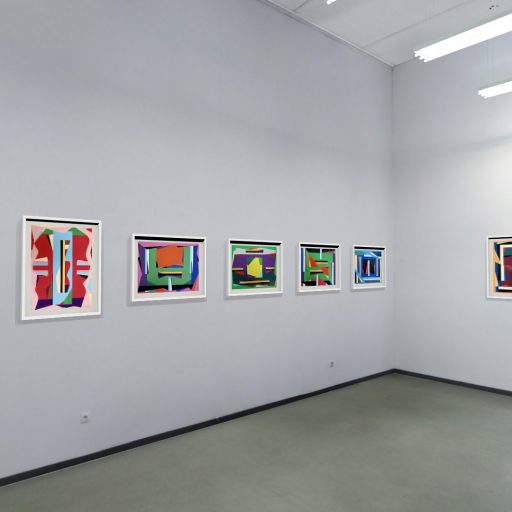

Loading...


Muriel Guépin Gallery is pleased to present a group exhibit featuring two artists that are concerned with the remnants of human life. Although both work in very different formats, and bring about very different human ideas, they both find themselves dealing with artifacts.
David Fredrik Moussallem works with artifacts of urban life, physically reaping and cutting posters from walls to make up his artwork. Ug... more >>
Muriel Guépin Gallery is pleased to present a group exhibit featuring two artists that are concerned with the remnants of human life. Although both work in very different formats, and bring about very different human ideas, they both find themselves dealing with artifacts.
David Fredrik Moussallem works with artifacts of urban life, physically reaping and cutting posters from walls to make up his artwork. Ugo Schildge deals more with artifacts of time, using cogwheels as an expression of evolution and adjustments, of time passing by and eternity.
David Fredrik Moussallem’s large carved collage paintings bring attention to advertisement and the underbelly of urban life. His paintings at first look like a mix of scrawlings on an elementary school blackboard or newspaper clippings posted on a cork board. His palette mimics a rainy day in the city where the ink is running on newspapers that have been left on the sidewalk or posters shading off the walls. The use of expansive blocks of color in unison with slashed collages of found posters mounted on thick wood board all really tell the story of urban life. Calm, placid moments, like sleeping on the train after a long day of work, mixed with loud, stressful moments, like walking through a crowded street on a Friday night. He perfectly understands the ins and outs of the city, and his palette and medium work simultaneously to portray it.
Like Moussallem, Ugo Schildge has an interest in urban history, using inspiration from industrial neighborhood, construction sites, or found objects from the streets to inform his work. Schildge’s sculptural paintings all incorporate cogwheels as a metaphor of time but also to question the relationship between man and the machine. By having the cogwheels move continually, Schildge brings about the idea of eternity in contrast to one’s own mortality and touches upon the concept of progress and evolution. Mechanics, like mankind, can be affected by something incredibly minor, but machines are also intensely strong forces that can continue on indefinitely sometimes well beyond man’s life spam time. In some of his works, human figures or animals are animated by the cogwheels -thereby making a parallel between bodies and machines. In other works, he juxtaposes classical art images with the cogwheel to evoke times movements alongside art. Man has created both art and machine, but how well do both withstand the test of time?







